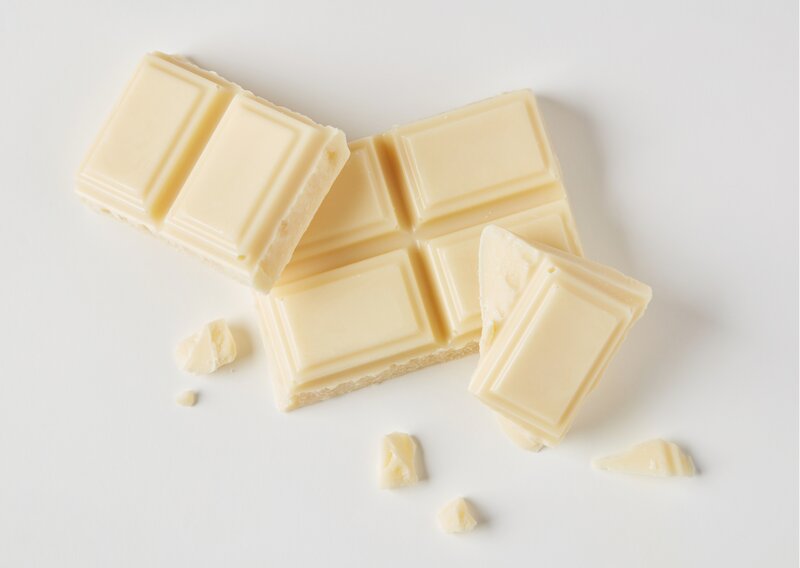White chocolate is a sweet, creamy, chocolate confection that is made by processing cocoa butter, sugar, and milk powder to form a smooth paste. Although it is still not clear who exactly invented white chocolate, the popular belief is that it was invented in Switzerland in the 19th century. It quickly gained popularity among European countries and later caught on in the United States. Considering its recent origin and lesser popularity than dark chocolate varieties, white chocolate has a rich history of fans applauding its subtle flavors and smooth texture. White chocolate is commonly made with powdered or condensed milk. The texture of white chocolate is noticeably fattier than dark chocolate, because it is essentially sweetened cocoa butter.
It probably doesn’t take much to convince you that white chocolate is delicious (although it’s true that some are fervently anti-white chocolate).
That is probably why you are here. Would you like to know how to make your own white chocolate bar from scratch? Learn how to create treats that are so much better than store-bought white chocolate. Well, the best way to do it is with our CocoTerra chocolate maker, so pay attention to all the ingredients and flavoring options so that you are ready once you have your machine at home.
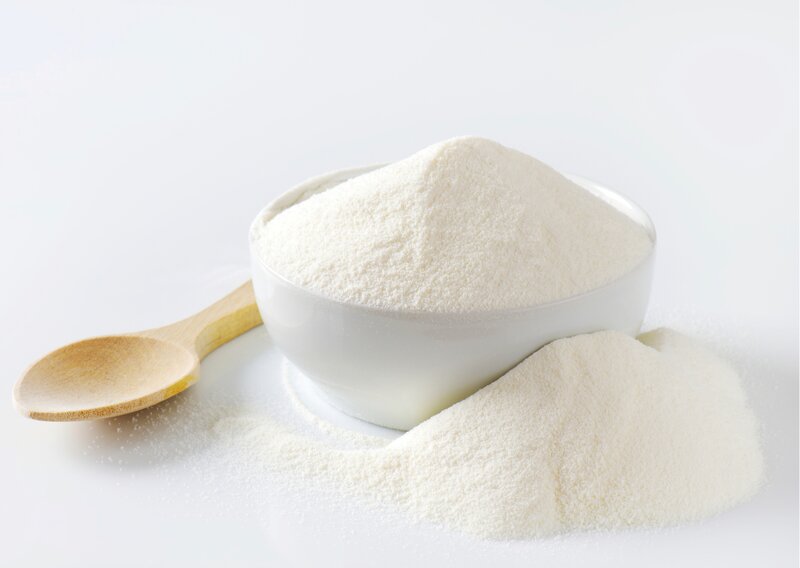
Why use milk powder to make white chocolate?
Perhaps not surprisingly, powdered milk is exactly what it sounds like. Milk that has been converted into dried powdered milk by a process of evaporation. This is done by removing all of the water from the milk until only solids remain, which can be turned into a powder.
There are several reasons why white chocolate (and milk chocolate) is made with milk powder instead of liquid milk. Any ingredient with water will cause the chocolate to seize, which is when the solids separate from the cocoa butter. You also have better control of the ingredient ratios when you don’t have a large volume of water – liquid milk would dilute the rest of the ingredients quite a bit. Look for full-fat or whole milk powder to make the most decadent white chocolate recipe.
In addition to cocoa butter, sugar and milk powder, you will often find vanilla and salt to boost flavor. Again, make sure that you don’t use liquid vanilla extract which can cause problems and stick with the vanilla powder (ground up vanilla pods). While you can play with the ratio of the ingredients to some degree, generally speaking, white chocolate contains a decent amount of sugar and higher amounts of cocoa butter compared to other types of chocolate.
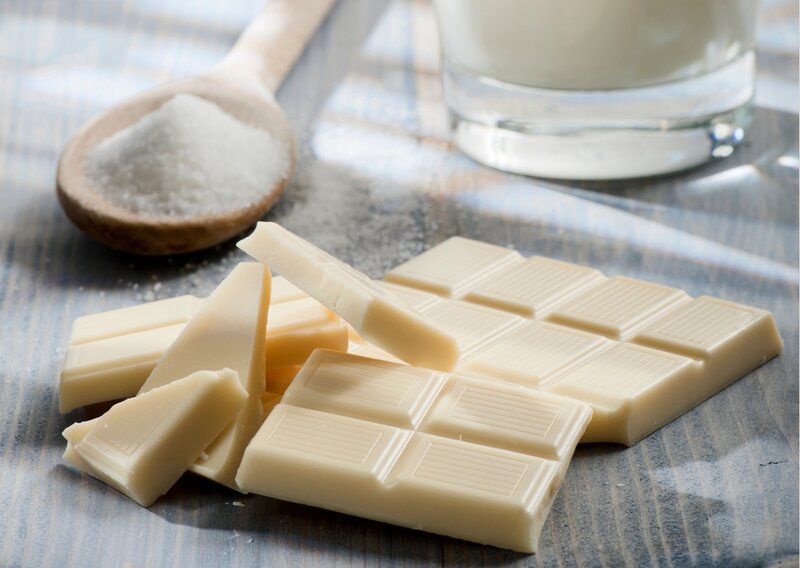
Best milk powder for white chocolate recipe
When you are trying to find the best milk powder for white chocolate, look no further. We recommend that you visit Chocolate Academy’s selection of ingredients in their store to find your traditional and vegan options.
The secret ingredient that will replace milk powder. If you are looking for a dairy alternative to replace milk powder in your vegan white chocolate recipe,you’ll find some good options with soy, rice or oat milk powder. You can also purchase some of these from Chocolate Alchemy.
Tempering chocolate
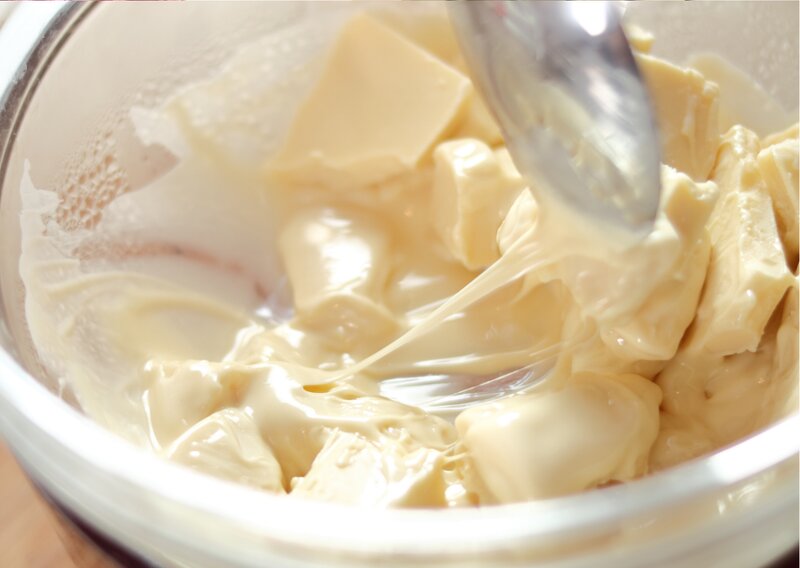
Tempering white chocolate can be tricky and difficult. It’s a classic technique all pastry chefs and chocolatiers will be familiar with but challenging to master. If you want to make homemade chocolates that are delicious as well as visually appealing, it is important you have a solid grasp of the process.
With the right method and tools, you will be able to successfully temper your chocolate for beautiful creations, desserts and confections. There are three ways to approach tempering if you aren’t an expert:
- Tempering machine: normally used by professionals, but there are home versions that aren’t quite as pricey as the commercial systems.
- Table tempering: a classic technique of handling the chocolate on a marble worktop. It requires a high level of expertise to be consistently successful.
- Seeding: the simplest method and the one we recommend for beginners. It consists of melting chocolate in a microwave or a double boiler, and then adding pieces of unmelted chocolate into the mix to seed the chocolate.
Good tempering provides the following benefits:
- It keeps chocolate shiny and smooth
- It makes it easier to unmold your chocolates
- The chocolate snaps cleanly when broken
- The chocolate won’t melt in your hands as quickly
For these reasons, proper tempering is essential for anyone who wants to make homemade desserts and chocolates with a smooth, glossy, solid texture. Whatever your approach to tempering, it is important to follow every step in the process to get the desired results. The temperature targets are important so make sure you have a good thermometer on hand. Otherwise, your chocolate may become brittle, dull, bumpy, flecked with white marks, and harder to unmold.
It’s important to note that if you are planning to temper your white chocolate using the more advanced tempering techniques (which usually involve an infrared, contactless thermometer), make sure that you pay close attention to the target temperatures since white chocolate is tempered a few degrees cooler than dark chocolate.
We will take this opportunity to mention that we are quite proud that our CocoTerra machine will temper your chocolate without the mess and challenge of the mentioned tempering techniques! Successful tempering is the key to successful chocolate making!
Easy Matcha White Chocolate with Dried Raspberries
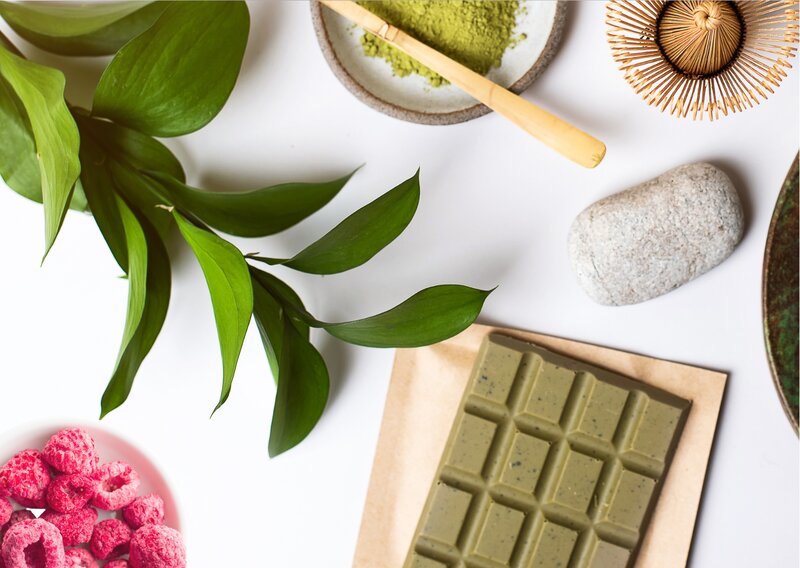
Here is an easy and quick microwave tempering chocolate recipe “Matcha White Chocolate with Dried Raspberries” that can become your favorite go-to recipe.
Ingredients
- 6 ounces / 170g white chocolate
- 2 tsp / 6g matcha powder
- 1/4 cup / 37g dried raspberries
Method
- Chop the chocolate into small pieces.
- Place ⅔ of the chocolate in a dry, microwave-safe bowl.
- Microwave the chocolate in 15-second intervals, stirring with a spatula after each blast.
- Continue until all of the chocolate is just melted (don’t be tempted to heat for longer intervals as the chocolate might burn).
- Finish by pouring in the remaining chocolate into the bowl and stir until all the pieces have melted.
- Stirring regularly so that the white chocolate cools to about 82°F – 84°F (28°C – 29°C)
- Stir in the matcha powder until smooth.
- Pour the chocolate into your favorite mold (or you can simply spread the matcha white chocolate onto a paper-lined tray).
- Tap on the counter to release any air bubbles
- Sprinkle the chocolate with the freeze dried raspberries.
- Set in the fridge for 30 minutes.
- Once set, remove from the fridge and remove the chocolate from the mold (or snap into pieces if you made one large sheet).
- Eat and enjoy!

